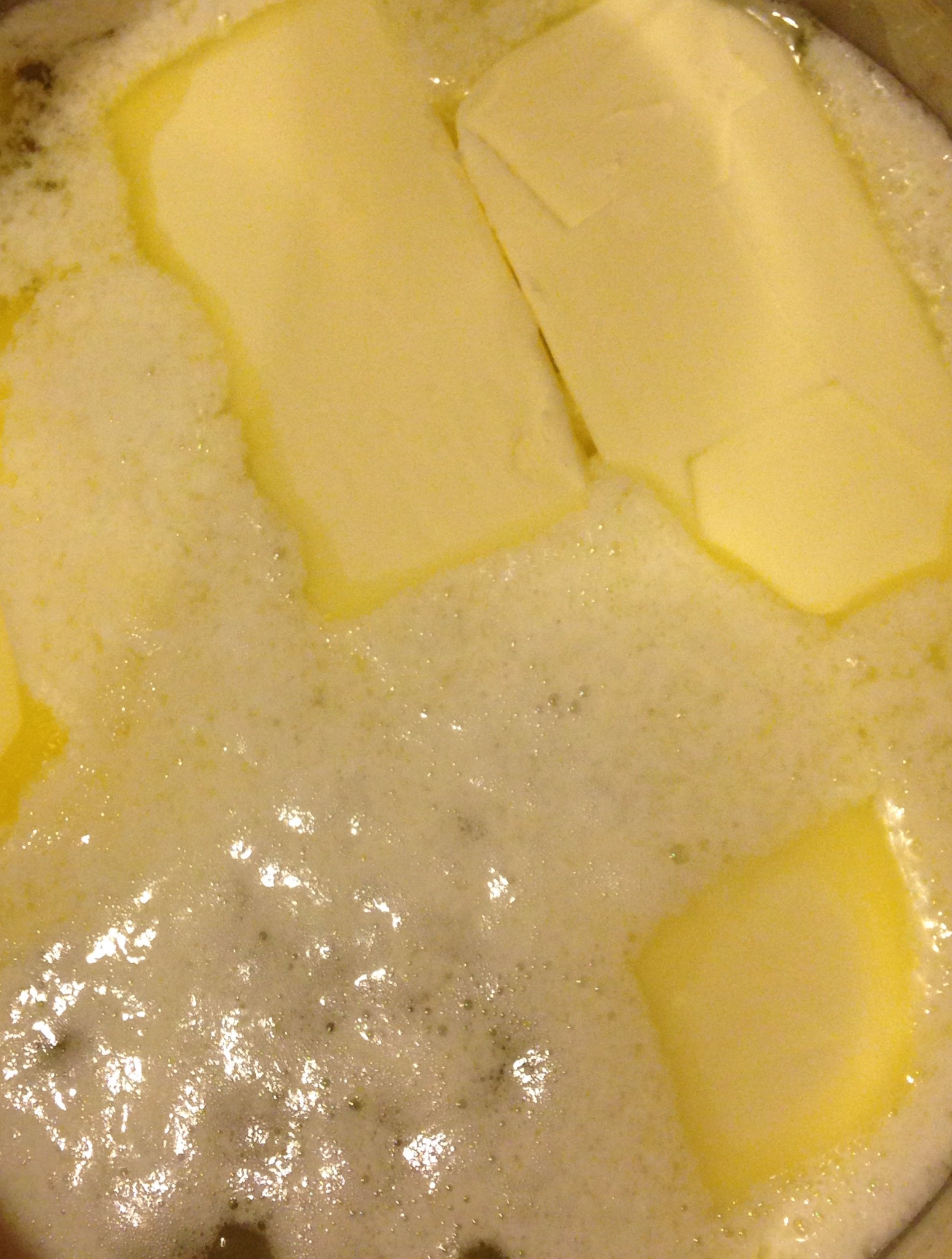 I love butter. Butter just makes me happy. It tastes so good. Smells heavenly when warmed. When slathered over bread or a muffin or a biscuit it makes my heart melt.
I love butter. Butter just makes me happy. It tastes so good. Smells heavenly when warmed. When slathered over bread or a muffin or a biscuit it makes my heart melt.
But that’s not the only influence it’s having on my heart.
During my twenties, I told myself I was too young to worry about matters of the heart.
In my thirties, especially now that I’m a mother, I know better.
Don’t get me wrong; there is most definitely a place for butter. I use it when I bake (when a substitution with olive oil or coconut oil just doesn’t make sense). I’m just more cognizant of the damage it can potentially do to my precious ticker.
I do have butter cravings from time to time as a result of my attempts to scale back and when I do, I turn to trusty ghee, also known as clarified butter.
Clarified butter?
Ghee comes from unsalted butter that has been left to simmer for a long time to remove the milk solids and water. Ghee is pure butterfat that contains many healthful properties (it is even known to lower bad cholesterol).
Ghee is easy to make and has several healthy and healing properties. Ghee:
- Promotes heart health (healthy lipid) and reduces LDL cholesterol levels.
- Rich is vitamins A, D, E and K
- People with lactose and casein dairy sensitivities can typically tolerate ghee.
- Ghee promotes good digestion and encourages the growth of good bacteria in the intestinal track.
- Ghee has a high smoke point, which means you can use it in your baking as well as frying without worrying about it breaking down into potentially harmful free radicals.
There are so many uses for ghee. From time to time, I’ll splurge and splash some ghee over fresh steamed green beans, over wild rice or even slather it on a biscuit. I’ve infused herbs and spices into ghee for medicinal purposes. I’ve even made curative lip-gloss out of ghee (recipe to come in a later post).
Here’s how to make ghee:
Place your butter in a saucepan and simmer over low heat until the butter completely melts. Keep your eye on your melted butter. You want to see small bubbles. It will take about 25 minutes for the butter to separate completely.
You’ll notice a white froth on the surface (this is what you’ll be removing).
 Using a spoon, gently scrape off the white frothy layer, until you’re left with a uniform yellow liquid.
Using a spoon, gently scrape off the white frothy layer, until you’re left with a uniform yellow liquid.
Using a strainer and cheesecloth or coffee filter, strain the remaining liquid, to ensure that your ghee is pure.







